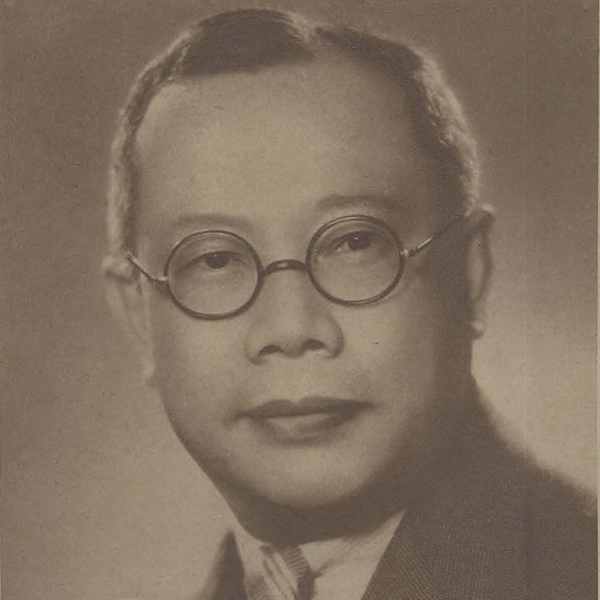Simply Central: A plague fighter and the face mask
Mary Hinsen
13 September 2021, 9:39 PM
 Face masks to stop spread of disease were pioneered over 100 years ago. This photograph was used to show how they should be worn.
Face masks to stop spread of disease were pioneered over 100 years ago. This photograph was used to show how they should be worn.More than a hundred years before Covid came on the scene, face masks were used successfully to combat a pandemic.
Simply Central is a home and lifestyle series for your Sundays. We take a look at what’s hot, what’s not, and everything lifestyle.
More than a century ago, a Chinese-Malaysian epidemiologist named Dr Wu Lien-Teh tried an experiment - he used face masks to help control an epidemic. It worked.
Dr Wu changed the course of a plague epidemic in the early 20th century and pioneered the use of masks as a public health tool.
In late 1910, a deadly plague began spreading in the northeast regions of China, reaching the large city of Harbin. Tens of thousands of people coughed up blood, their skin looked like prunes and turned purple. They all died. The Qing government was powerless; so they recruited epidemiologist Dr Wu Lien-Teh to help.
At the time, there was a flourishing trade in marmot pelts in the region, and trappers and fur traders had been the first to be affected.
Dr Wu performed the first ever autopsies in China. Through his findings, he succeeded in isolating and then culturing the bacterium responsible for the disease. The bacterium was Yersinia pestis, known as being the cause of previous bubonic plague epidemics in the West.

Dr Wu Lien-Teh was the pioneer of the face mask as a tool to control the spread of disease.
Most people believed the disease was caught from rats or fleas, but Dr Wu recognised it was a respiratory disease spread by droplets.
He made a mask from cotton and gauze, with layers of cloth and secure ties. He urged everyone to wear these masks to protect themselves, especially medical staff and law enforcement.
Dr Wu’s masks initially met with some resistance. However, a French doctor died of the plague after refusing to wear one, and attitudes began to change.
This was the very first time widespread mask use had been part of an epidemic control strategy - and it proved effective.
Masks were the start of Dr Wu’s strategy to control the epidemic. He convinced the Chinese authorities to restrict peoples’ movement, including stopping all trains, in order to limit the spread of the disease. Sick people were instructed to self-isolate.
He also persuaded officials to authorise dead bodies to be cremated, a practice which was not normally accepted in China at that time.
The epidemic became known as the Manchurian Plague. An estimated 60,000 people died in a period of only four months.
Dr Wu went on to chair an international conference on the plague, helping epidemiologists and scientists from 11 countries learn more about how to respond to outbreaks and halt their spread.
China’s experience of the Manchurian Plague convinced China’s leaders of the need for a modern public health service, and Dr Wu helped establish this.
In 1921, Dr Wu successfully stamped out a recurrence of the epidemic, and was the first Chinese doctor to be nominated for the Nobel Prize in medicine.
So, the face masks we wear today, and many of the strategies we are now using to control the spread of Covid began with The Manchurian Plague epidemic and the work of Dr Wu.
Image credits: reproduced under a creative commons licence. Accessed from Wikipedia
Image 1: created circa 1910
Image 2: created before 1925
